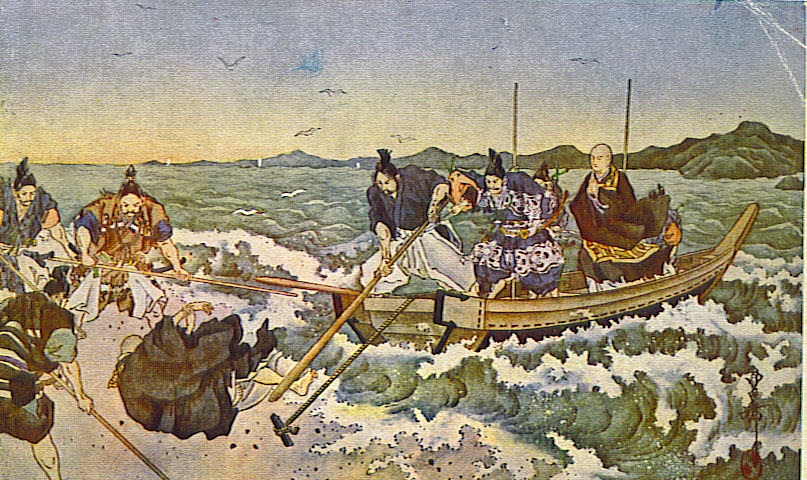Buddhism arose from the teachings of the historical Buddha, or "Enlightened One," most commonly known by the name Shakyamuni. Over the centuries, numerous accounts of his life have been handed down among the different schools of Buddhism that arose after his death. It can be hard to disentangle from the varied accounts a complete or historically verifiable account, but there is much that both modern research and the ancient teachings share in common, enough to establish a picture of the life of the founder of the Buddhist tradition.
It is clear that Shakyamuni was the son of the king of a minor Indian kingdom in what is now Nepal. Modern researchers date his life to either about 560-480 BCE or about 460-380 BCE. His father was king of the Shakya tribe, and Shakyamuni means "sage of the Shakyas." Other names by which he is commonly known are Gautama and Siddhartha.
As a young man, Shakyamuni lived a life of luxury, but he became keenly aware of the sufferings inherent in the lives of all people. The traditional accounts describe a series of journeys beyond the palace walls where he encountered the human experience of aging, sickness and death. These encounters had a profound impact on the sensitive young prince. Eventually he renounced his royal status and sought the means to transcend these sufferings, initially through ascetic practices.
Regardless of whether one accepts the traditional stories or turns to modern research, it is clear that the founder of Buddhism was an idealistic young man, albeit of high social standing, who felt compelled to seek a way to alleviate the sufferings that all people face in their lives as human beings.
After several years following ascetic disciplines under revered teachers of yogic meditation, Shakyamuni concluded that this form of self-denial and mortification would not reveal the solution to his quest. Abandoning these practices, he sat in meditation under a pipal tree. He eventually attained a state of awakening in which he became enlightened to the true nature of life itself. He was able to grasp the eternally enduring aspect of our existence within a cosmic network of interdependent phenomena. He also perceived an underlying law or dharma that guides the process of ceaseless change that is life. Ultimately, it was to this law, existing equally within himself, within all people and in the universal, that he was awakened.
Shakyamuni devoted the remainder of his long life to seeking to share with others the liberation he had discovered. A Buddhist Order was formed, and eventually Shakyamuni and his disciples traveled widely throughout India, propagating his teachings.
Consistent with his belief in human potential, he preached to people of all walks of life and social standing, to women as well as to men. From its very inception Buddhism was a universal teaching to which all people were equally welcomed. Shakyamuni shaped his teachings to make his message accessible to his audience; the sutras, or records of his teachings, make extensive use of parables and are frequently recorded in question-and-answer form. As SGI President Daisaku Ikeda has noted, "His life was completely untrammeled by dogma, and his interactions with his fellows stressed the importance of dialogue."
Above all, all accounts record Shakyamuni as a profoundly compassionate human being, someone who lived out and embodied his ideals. In the words of Nichiren, "The purpose of the appearance in this world of Shakyamuni Buddha, the lord of teachings, lies in his behavior as a human being." His core purpose was to enable people to draw on their inner resources of wisdom, courage and compassion in meeting the inevitable challenges of life. Religion for Shakyamuni was a practical way of living, engaged with the struggle to transform the sufferings of individuals and societies, to enable all people to enjoy a life of limitless freedom and indestructible happiness.
Source: http://www.sgi.org/buddhism/buddhist-concepts/the-life-of-shakyamuni.html


No comments:
Post a Comment